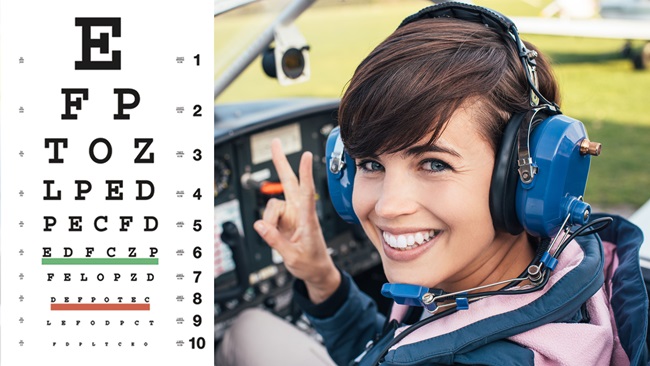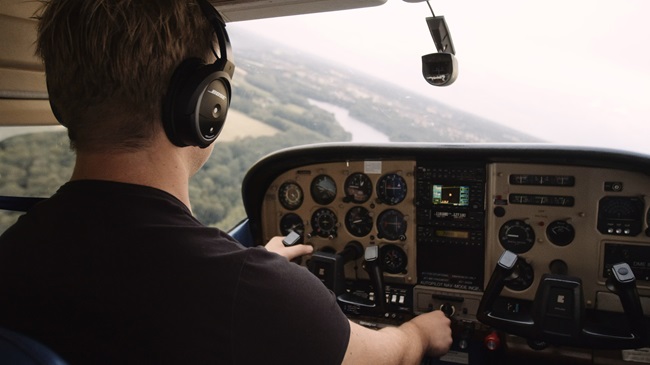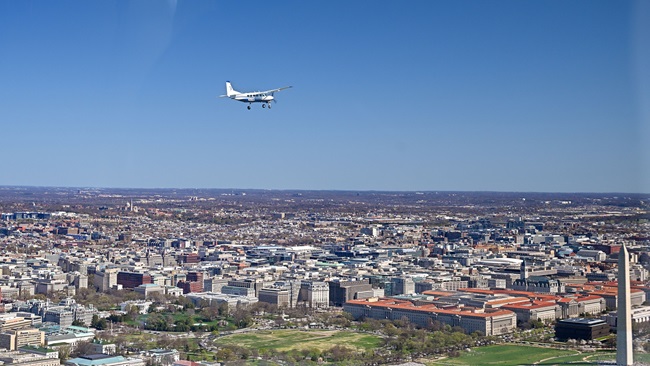Type-club meeting at AOPA headquarters yields strong support for new AD coordination process
Type-club meeting at AOPA headquarters yields strong support for new AD coordination process
The unprecedented effort to change and improve the airworthiness directive process took an important step forward at AOPA headquarters July 10.
Representatives from 18 aircraft type clubs/owner organizations, the Experimental Aircraft Association (EAA), AOPA, and high-level officials from the FAA's aircraft certification offices gathered to discuss the new airworthiness directive coordination process.
This change of procedure for the FAA will now mean that people having first-hand experience with specific aircraft will be consulted at the beginning of the airworthiness directive process.
"This is a revolutionary change in the way we resolve airworthiness concerns," said Dennis Roberts, AOPA vice president and executive director of government and technical affairs. "Our fleet is aging, but these aircraft are still flying and still doing a great job. The FAA now recognizes that the best knowledge on how to keep these aircraft flying safely resides with the type clubs, the owners, and the mechanics who keep them flying."
The meeting was an opportunity for most type clubs to learn more about the AD coordination concept and to provide input on the first draft of the FAA's new "Airworthiness Concern Process Guide." The guide, a supplement to the FAA's Airworthiness Directives Manual, provides a standardized approach to resolving airworthiness concerns.
(For those groups unable to attend the meeting, AOPA is producing a professional-quality videotape of the entire proceeding.)
"This process is the result of several years of hard work," said Earl Lawrence, EAA vice president of government and industry relations. "The most important point is that the FAA really is listening."
"Version 1" of the Airworthiness Concern Process Guide, which will incorporate suggestions from the July 10 meeting at AOPA, will be formally presented at EAA's AirVenture event in late July. The guide will be a living document, with changes incorporated as the general aviation community refines this cooperative approach to airworthiness concerns.
AOPA, working with major type clubs, will monitor the resulting AD coordination process. The association will give the FAA an initial "report card" during the AOPA Expo 2000 convention in October and discuss with the FAA any changes needed.
"We are a general aviation community," Mike Gallagher, manager of the FAA's Small Airplane Directorate, told the gathering at AOPA headquarters. "The FAA, aircraft owners and operators, and aircraft manufacturers, we're all going to work together to help this community."
The new AD coordination process
The genesis of the proposed new procedure was a 1998 discussion between the FAA, EAA, and AOPA. Earlier that year, the Citabria Owners Group (COG) had successfully worked with the FAA to develop a better way of complying with an airworthiness directive on wood wing spars in Aeronca, Champion, and Citabria aircraft. That demonstrated there was a better way to approach airworthiness concerns. The FAA's Chicago Aircraft Certification Office, working with EAA, AOPA, COG, and the American Champion Aircraft Corporation, took the lead in formalizing the new approach.
EAA's Lawrence credited COG President Carl Peterson as the "father" of the "airworthiness concern sheet," a key element of the AD coordination process. After the FAA identifies a potential airworthiness problem, the agency will send this form to AOPA, EAA, affected type clubs, and the type certificate holder.
On the form, the FAA will describe its airworthiness concern and provide any available supporting data. The agency will ask for more information from the aviation community, including actual field experience, proposed inspection and repair procedures, cost impacts, etc.
"We've had some ADs where we could have done a better job if we had had more information up front," said the FAA's Gallagher. Added Nick Miller of the FAA's Chicago ACO, "We now have other, appropriate ways of communicating an airworthiness concern."
FAA engineers will also do a formal risk assessment to determine what kind of action needs to be taken, and how quickly.
Some type-club representatives attending the AOPA meeting were at first skeptical of the new process, believing that the FAA would not really listen. But by the end of the meeting, most were enthusiastic.
"I'm very impressed. We're behind this 100 percent," said Guy Warner, president of the American Yankee Association. "But there will have to be an attitude change in the aviation community."
John Frank, president of the Cessna Pilots Association, said, "I think our experience with the turbo-twin Cessna AD really opened the FAA's eyes. There's a lot of good ideas and information out there. I'm very pleased and excited about the AD coordination process."
"We've got to get out ahead of our aging aircraft," said the FAA's Gallagher. "We all need to work together and identify the problems, then decide how we're going to fix them.
"The FAA is not in the business of grounding aircraft," Gallagher concluded. "We want to keep them flying."
Attendees at the July 10 AD coordination meeting at AOPA headquarters included representatives from:
|
|
00-3-003
July 12, 2000


